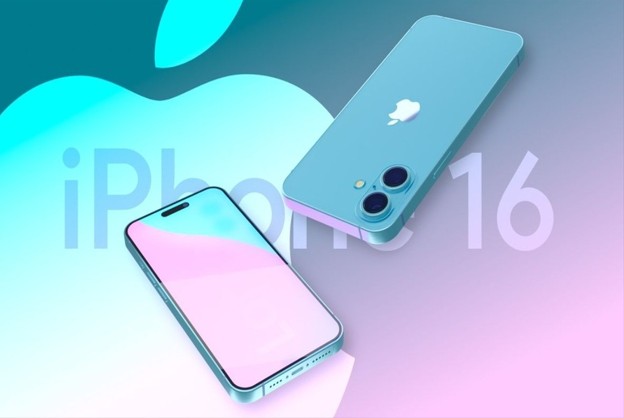Best Selling Products
Adobe Makes a Splash With Project Indigo: Turning Your iPhone Into a Detachable Lens Camera
Nội dung
- 1. “Computational Photography” – From Theory to Practice on iPhone
- 2. Indigo: The tech genius duo and their journey from Google to Adobe
- 3. What is special about Indigo?
- 3.1. Reconstructing images from multiple frames
- 3.2. Manual control
- 4. Supports RAW and JPEG image formats
- 5. New photography experience
- 6. Beyond the iPhone: Indigo is the beginning of a bigger journey
With Project Indigo, Adobe has taken this concept a step further by allowing the iPhone to capture multiple frames in a row (up to 32 frames), then using algorithms to analyze, select the best details, and combine them into a complete photo. As a result, Indigo photos have less noise, higher dynamic range, and retain the natural details and colors that are often lost when shooting with the default camera.
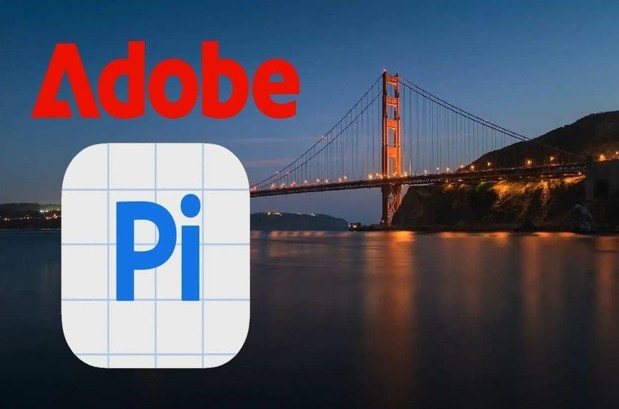
In an era where mobile photography is becoming increasingly popular, the limitations of hardware are gradually being erased by the power of software. Recently, Adobe - the name associated with the world's leading creative tools - surprised the technology community when it launched Project Indigo: a completely new camera application exclusively for iPhone. This application is considered a big step forward in bringing the mobile photography experience closer to the quality of a detachable lens camera.
So what makes Project Indigo special? Why is it expected to change the way we look at smartphone photography? Let's explore the details with SaDesign in the article below.
1. “Computational Photography” – From Theory to Practice on iPhone
Computational photography is the use of software, algorithms, and artificial intelligence to enhance images that physical sensors or lenses cannot do on their own. On mobile devices, this technology has overcome the inherent limitations of small sensor sizes, fixed apertures, and simple lens systems.
With Project Indigo, Adobe took this concept a step further by allowing the iPhone to capture multiple frames in a row (up to 32 frames), then using algorithms to analyze, select the best details, and combine them into a complete photo. As a result, Indigo photos have less noise, higher dynamic range, and retain the natural details and colors that are often lost when shooting with the default camera.
The highlight is that Indigo does not simply do post-editing like many filter applications, but directly intervenes in the photo-taking and processing process from the beginning, ensuring the output image has the best quality without too much intervention later.
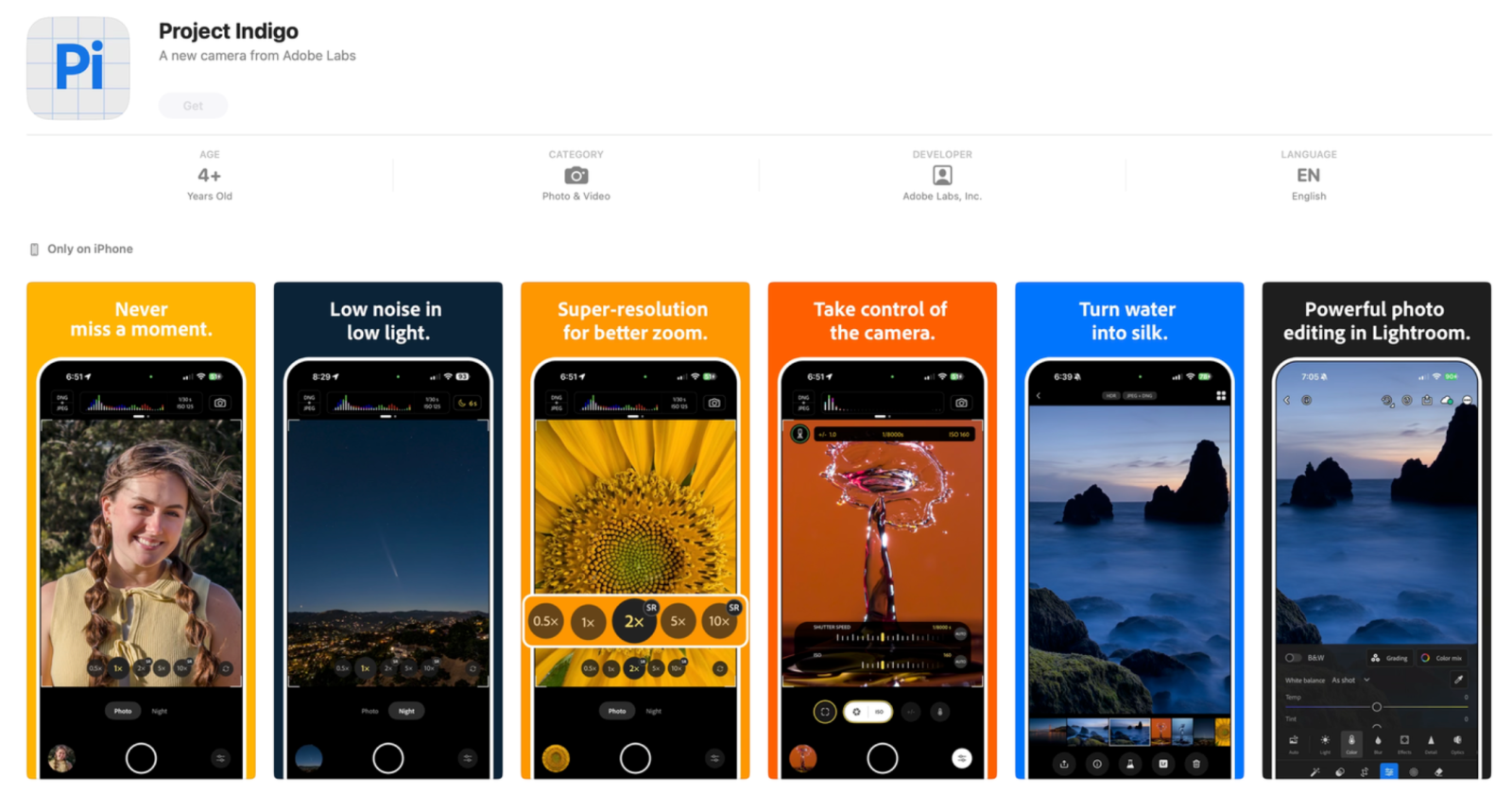
What devices are compatible with Indigo?
Although the app is completely free and does not require users to log in to an Adobe account, Indigo is only available on iPhone devices with hardware powerful enough to handle complex processing requirements. Specifically, Indigo supports:
- iPhone 12 Pro and 12 Pro Max
- iPhone 13 Pro and 13 Pro Max
- All iPhone 14 models
- And in particular, Adobe recommends using on iPhone 15 Pro or higher to ensure the smoothest performance and experience.
This device limitation is not to “make things difficult” for users, but to ensure that the application operates as designed, because algorithms for processing multiple frames, reproducing HDR, and intelligent noise reduction all require a lot of computing power.
2. Indigo: The tech genius duo and their journey from Google to Adobe
Few people know that Project Indigo is the result of a research journey that has lasted since 2020, led by leading minds in the field of computational photography. Notably, Marc Levoy, a Stanford professor and former veteran engineer at Google - known as the "architect of the Pixel camera".
At Google, Marc Levoy was the man behind a series of breakthroughs such as HDR+ mode, Night Sight, and portrait aperture simulation - technologies that made the Pixel the best camera phone with only one camera. After leaving Google, Levoy joined Adobe with the desire to continue the journey of turning smartphones into professional photography tools.
He was joined by Florian Kainz, another renowned image processing expert and now an Adobe Fellow. The two teamed up to develop Indigo with the aim of creating a photography application that was not dependent on hardware but focused on the power of software and algorithms – which are considered the “real weapons” in modern photography.
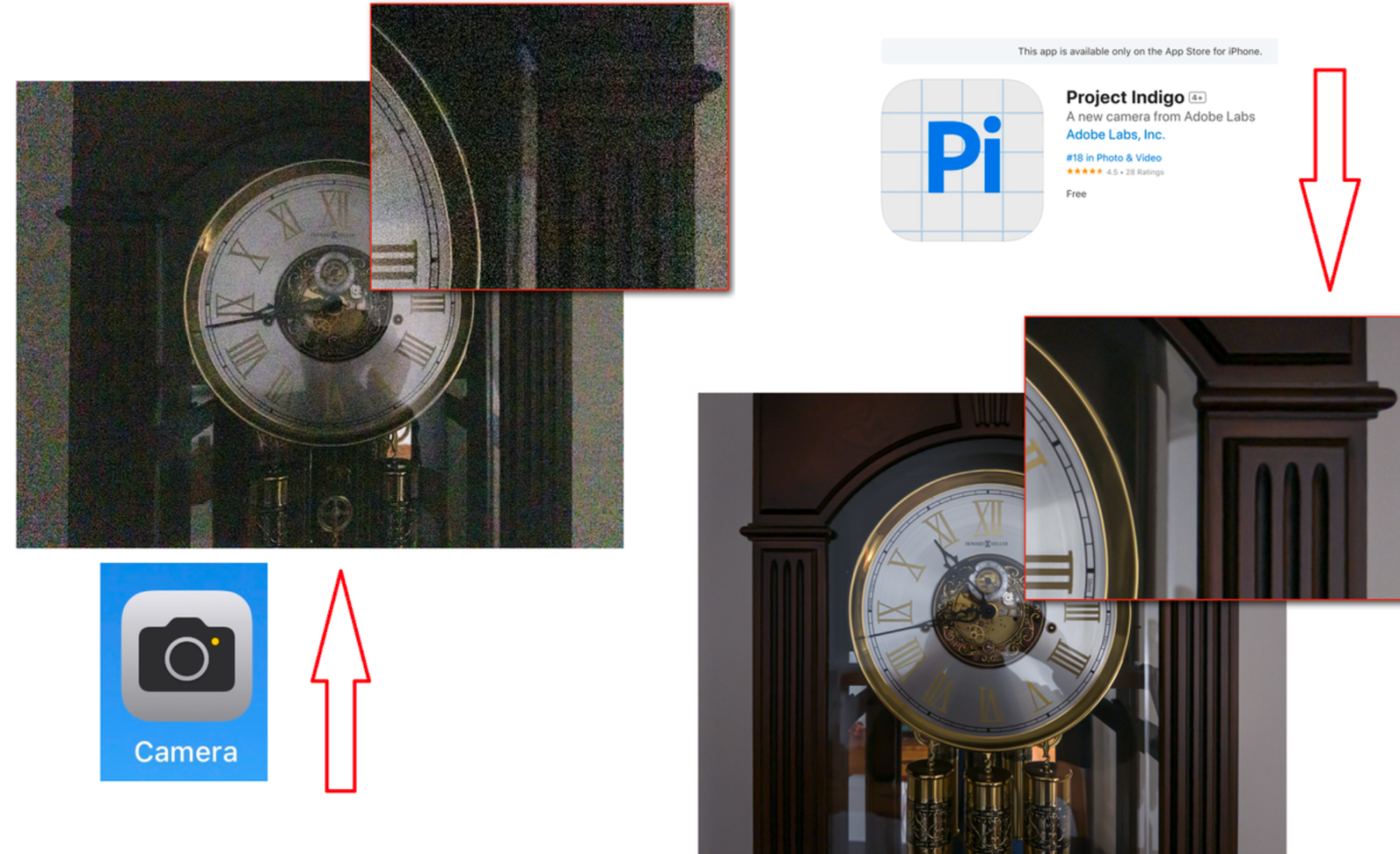
Recreate the feeling of taking photos like DSLR
According to the development team, the overarching goal of Indigo is not to “simulate effects” but to deliver the authentic experience of a DSLR camera, including:
- Sharp, deep image quality
- Wide brightness range and optimal color control
- Flexible, accessible but not overly simplified shooting interface
This is where Indigo really sets itself apart from other camera apps that are all about flashy effects or instant convenience. Adobe wants to make users feel like professionals, whether they’re seasoned photographers or just creative enthusiasts.
3. What is special about Indigo?
To achieve superior image quality, Indigo not only relies on AI, but also redesigns the entire iPhone photography process. And the important thing is that Adobe doesn’t do it “behind the user’s back,” but gives them full control over every step if they want.
3.1. Reconstructing images from multiple frames
Indigo's biggest strength is its ability to capture and process multiple images at once. Each time you press the shutter button, the app doesn't just capture a single image, it:
- Record light at different levels
- Collect data from up to 32 frames
- Eliminate noise, increase detail, expand light and dark areas
- Combine all into a single high fidelity image
Of course, this means users have to wait a few extra seconds after taking a shot for the processing to complete, but the trade-off is a photo that's sharper, has less noise, and has much more neutral colors than the photos from the iPhone's default camera app, especially in low light.
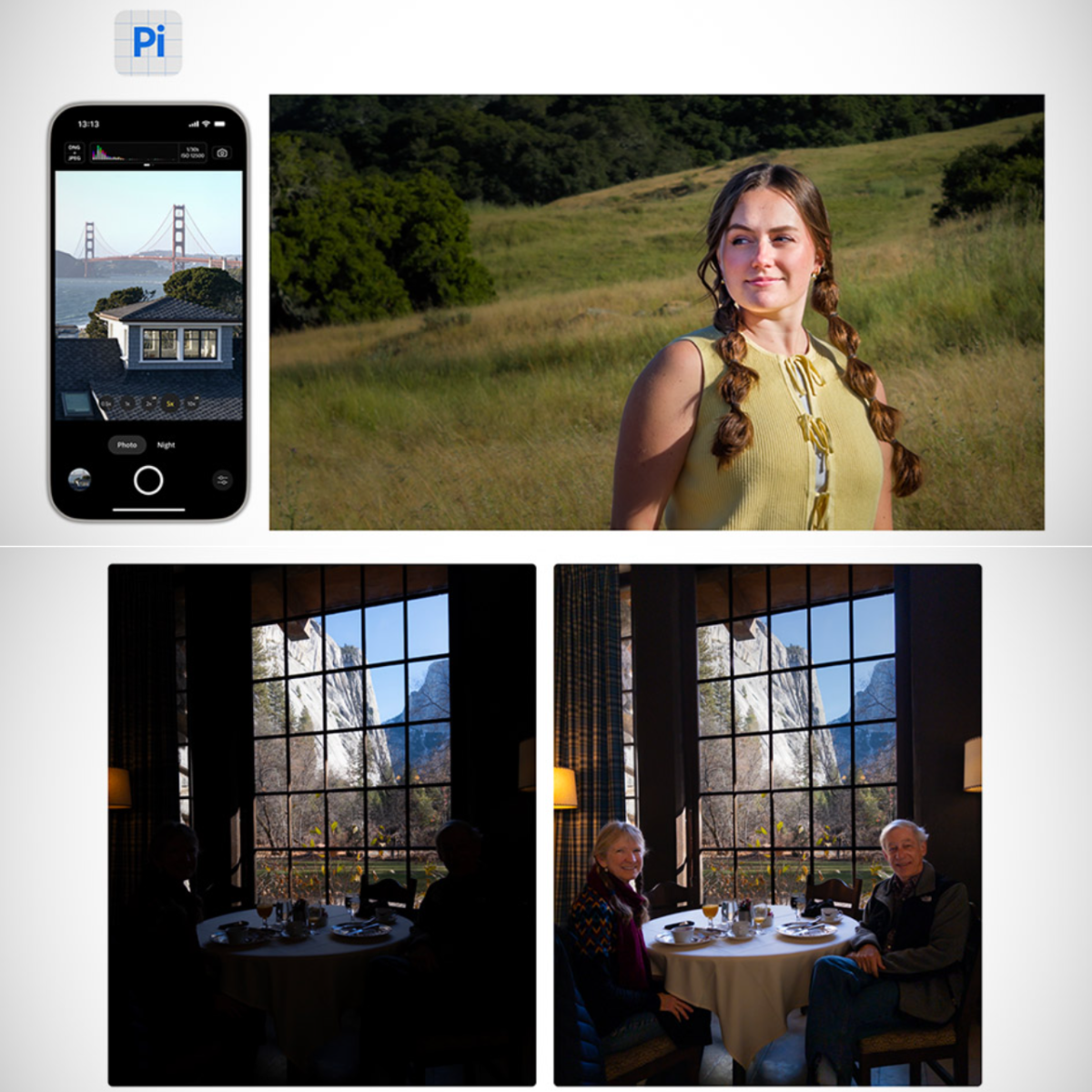
3.2. Manual control
Not stopping there, Indigo is also highly appreciated for its powerful manual adjustment capabilities, similar to when using a mirrorless or DSLR camera:
Manual Focus: supports more accurate macro and portrait photography
Shutter Speed: customize for exposure or motion capture
ISO: active exposure control
White Balance: helps image colors to be accurate according to each environment
All of these controls are well-organized, easy to use, and suitable for both beginners and experienced users of professional cameras. This allows users to customize the entire shooting process to their own style, instead of leaving it completely to the automated software.
4. Supports RAW and JPEG image formats
One of the standout strengths of Project Indigo is its ability to export images in both JPEG and RAW (DNG) formats. For those who love intensive photo editing or high-quality printing, this is an extremely important feature. While JPEG is convenient for quick sharing on social networks, RAW (DNG) files contain full original sensor data, allowing for powerful post-processing without compromising image quality.
In particular, Indigo allows you to choose JPEG + DNG parallel shooting mode, saving two versions of the image at the same time. This creates maximum flexibility, you can quickly view the JPEG version, share it immediately if needed, while still keeping the DNG version for further editing later.
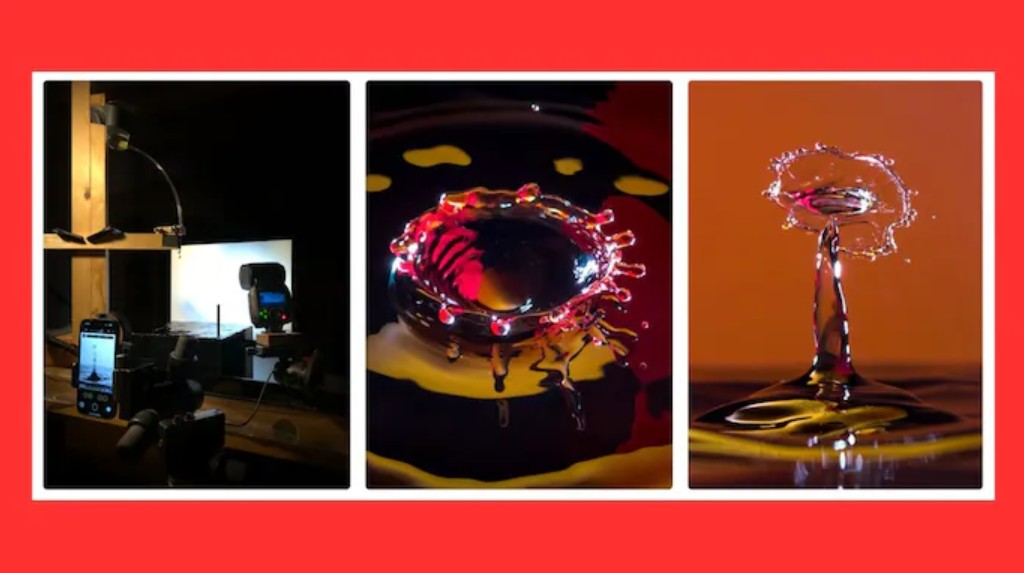
Seamless integration with Adobe Lightroom – Powerful photo editing ecosystem
Indigo's big difference isn't just its shooting capabilities, but also how Adobe ties it into its software ecosystem, especially Lightroom Mobile — a popular photo editing app for photographers from semi-professionals to professionals.
Once you've shot, you can open your Indigo photos directly into Lightroom with a single tap. If you're shooting JPEG + DNG, Lightroom will automatically prioritize opening the DNG file to ensure you have the highest quality original for editing.
Not only that, Indigo also embeds SDR and HDR interfaces directly into the image file. This makes it easy to switch back and forth between display modes, which is especially useful when editing or exporting images on different display devices.
As an added bonus, if you have Indigo installed on your iPhone, Lightroom will let you choose Indigo as your default camera instead of using the app’s built-in camera. This demonstrates the deep level of integration between the two tools, making Indigo a true part of Adobe’s imaging creative pipeline.
5. New photography experience
If you’re used to the “click and go” speed of the default iPhone camera, Indigo might surprise you a bit. That’s because the app uses a complex computational photography method, where multiple frames (up to 32) are captured and reprocessed after each shot. As a result, the delay after taking a shot can be several seconds.
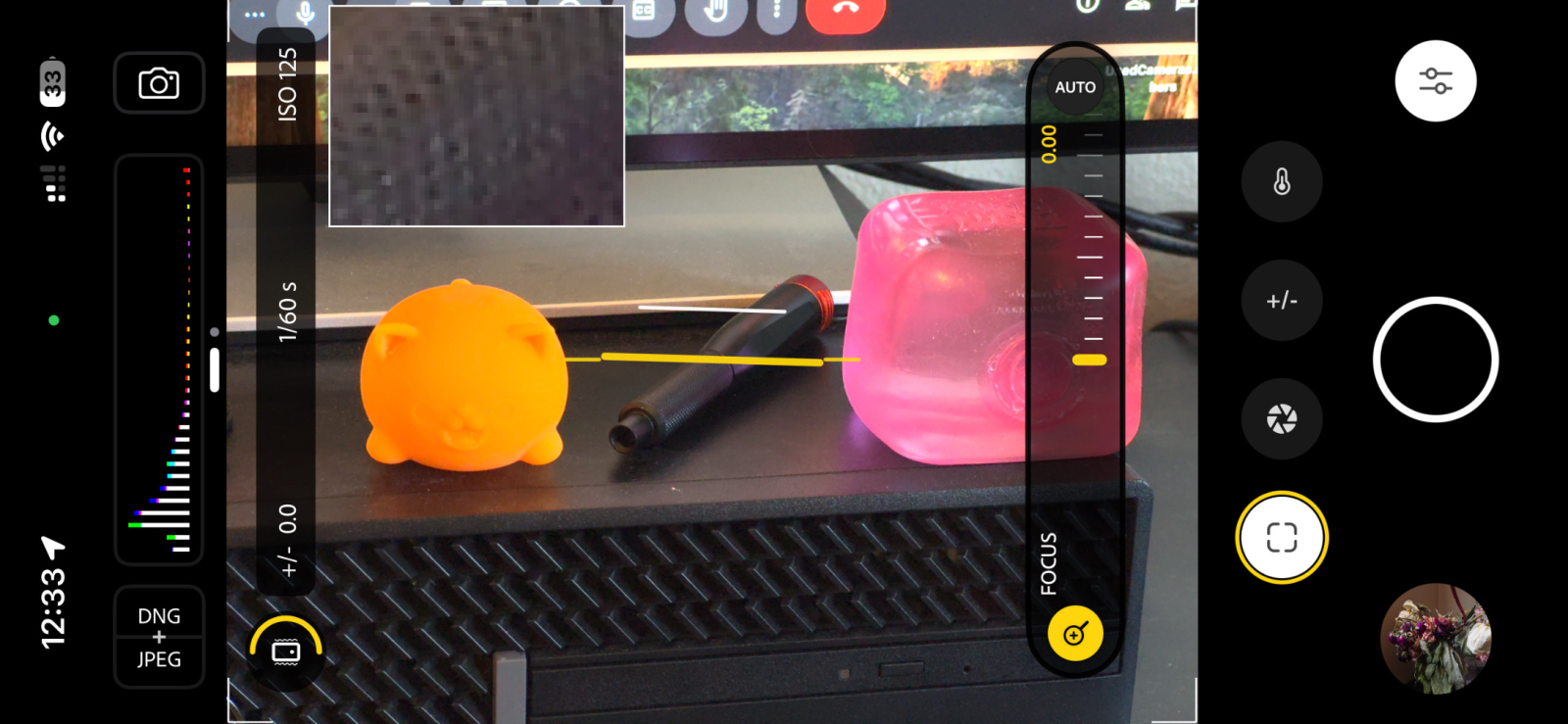
However, this is not a minus point but a completely worthy trade-off for a superior quality photo. Photos taken with Indigo will have:
- Better dynamic range
- Lower noise in low light environments
- More natural colors and textures
And especially, less prone to errors such as overexposing and losing details in dark areas like in normal snapshots.
This is especially useful when you are shooting in complex lighting conditions such as dusk, indoors, on stage or at night. Indigo helps you focus on creativity and photographic emotion, instead of having to struggle to “save” bad photos after taking them.
With a little patience, you'll get back photos that are almost DSLR-like in style, something that few mobile apps can actually do today.
6. Beyond the iPhone: Indigo is the beginning of a bigger journey
Although Indigo is currently only available on iPhone, Adobe has no intention of stopping there. According to the development team, Project Indigo is built as a platform for experimenting with mobile computational photography, not simply a small camera app.
What this means: Indigo will be where Adobe tests, develops, and perfects new photography technologies, before bringing them to other products in the company's ecosystem from Lightroom, Photoshop, to Adobe Express.
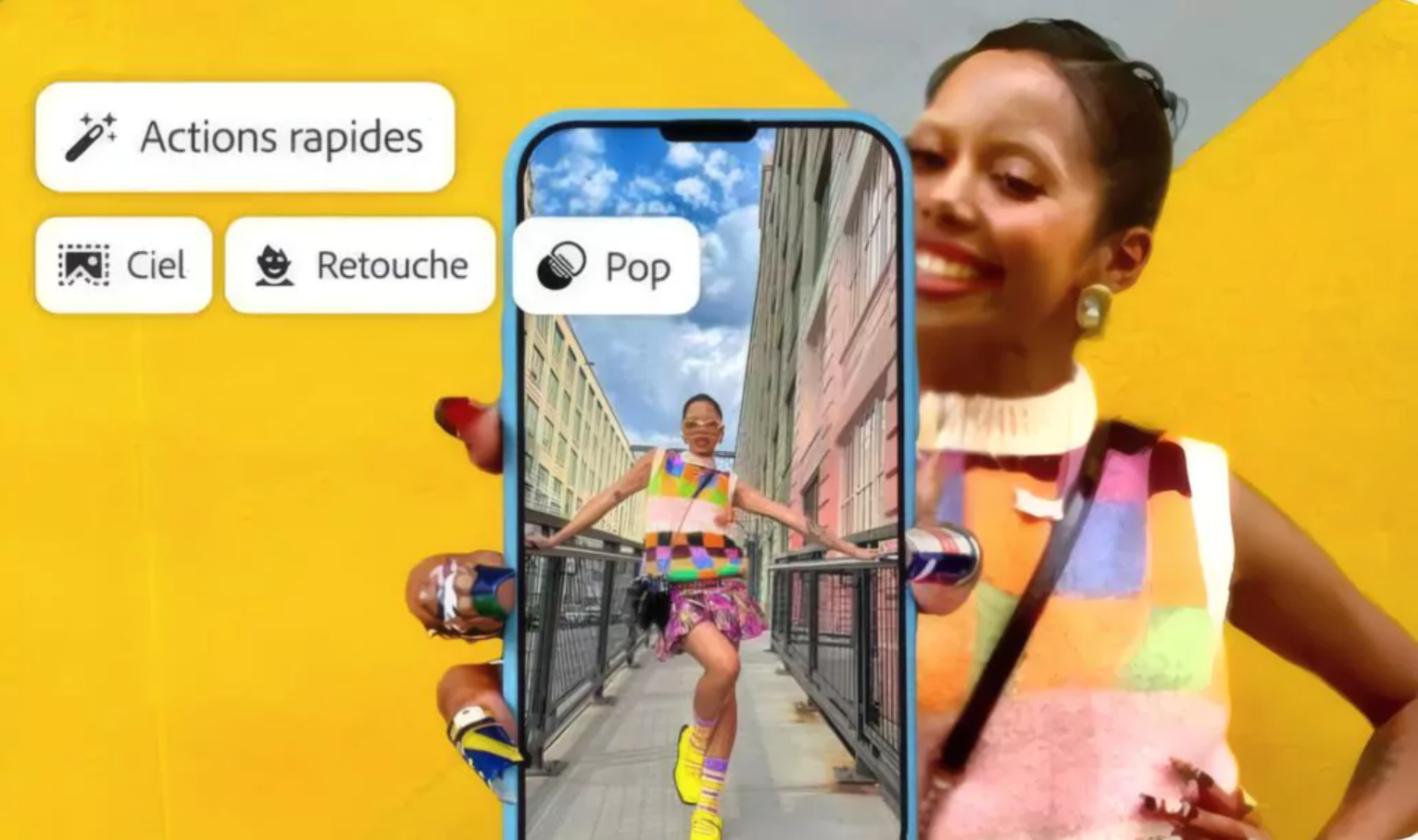
Adobe's upcoming growth plans with Indigo include:
Android version launch: Expanding reach to the high-end Android smartphone user community.
Integrated advanced portrait mode: Reproduces smooth, natural bokeh effects like a detachable lens camera.
Support computational video recording: Apply multi-frame processing technology to video, improve brightness range and significantly reduce noise.
Add smart editing tools: For example, remove reflection, remove unwanted objects, similar to AI tools in Photoshop.
All of this shows that Adobe is serious about building Indigo into a comprehensive AI photography platform, not just a small gadget for tech enthusiasts. And this is just the beginning. With plans to expand to Android, support for video recording, portraits, AI-powered smart editing, etc., Indigo promises to become a breakthrough mobile photography platform in the future, where everyone can create like an artist.










































